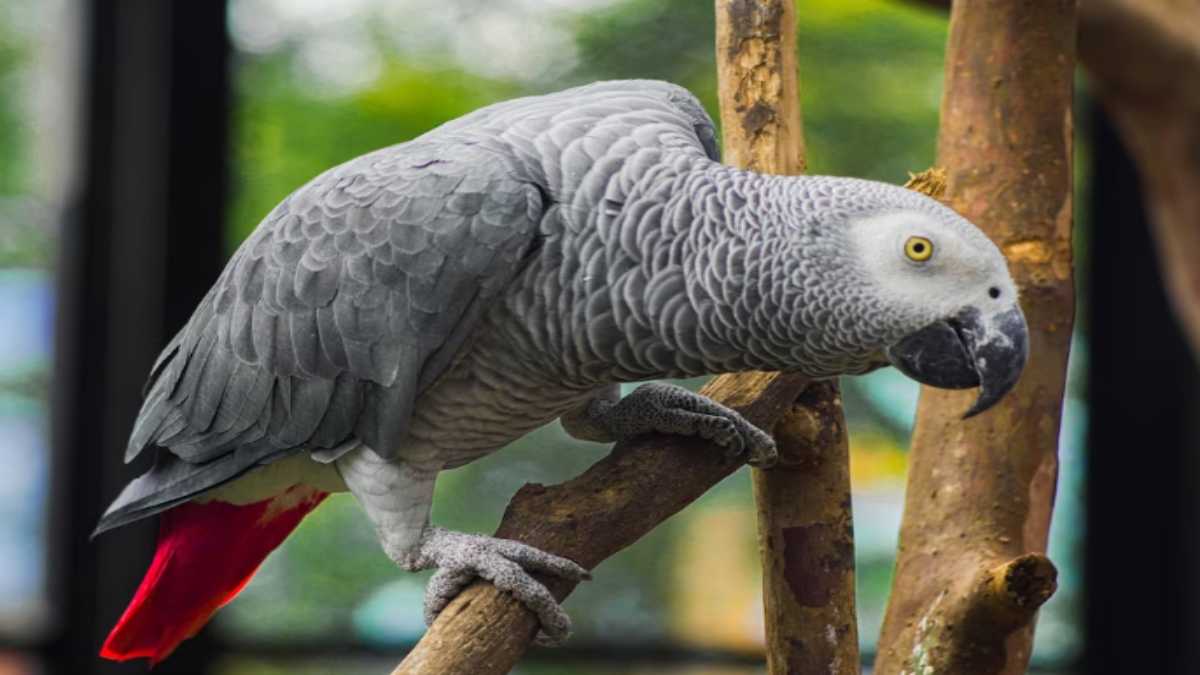Parrot That Talks Back: The Ultimate Guide
Parrots are fascinating creatures known for their intelligence and charming personalities. If you are interested in owning a parrot that talks back, this guide will walk you through everything you need to know. From understanding their behavior to training tips, you’ll learn how to build a strong bond with your feathered friend.
Understanding Talking Parrots
Not all parrots can mimic human speech. Species like the African Grey, Amazon Parrot, and Budgerigar are famous for their talking abilities. A parrot that talks back relies on repetition, interaction, and environmental stimuli to develop its vocabulary. Knowing which species are natural talkers can save you frustration later.
Popular Talking Parrot Species
-
African Grey Parrot – Known as the best talker with high intelligence.
-
Amazon Parrots – Clear voice and playful personality.
-
Budgerigar (Budgie) – Small size but impressive speech ability.
-
Eclectus Parrot – Vibrant colors and interactive nature.
Why Some Parrots Talk Back
Parrots mimic sounds to communicate, seek attention, or bond with humans. A parrot that talks back often repeats phrases it hears frequently or uses vocalizations to express emotions. Understanding this behavior helps you train them more effectively.
Preparing Your Home for a Talking Parrot
Creating a parrot-friendly environment is crucial. This includes:
-
Providing a spacious cage with perches and toys
-
Ensuring a safe, quiet space for learning words
-
Offering social interaction daily
-
Keeping mirrors or objects to encourage repetition
A well-prepared environment promotes confidence and learning.
Step-by-Step Guide to Training a Parrot That Talks Back
-
Start Early – Younger parrots are generally easier to train.
-
Choose Simple Words – Begin with easy, frequently used phrases.
-
Consistency is Key – Repeat words daily and respond when the parrot mimics.
-
Positive Reinforcement – Reward vocal attempts with treats or attention.
-
Interactive Play – Engage in games and activities that encourage talking.
-
Patience – Some parrots take weeks or months to respond consistently.
Tips to Improve Your Parrot’s Vocabulary
-
Speak clearly and slowly
-
Use the same word in consistent contexts
-
Avoid shouting or negative reinforcement
-
Incorporate fun and songs into training sessions
-
Record your voice for repetition during alone time
Common Mistakes to Avoid
-
Overloading with too many words at once
-
Ignoring social needs of your parrot
-
Using punishment or negative reinforcement
-
Keeping a parrot isolated or stressed
Health and Care for Talking Parrots
Healthy parrots are more likely to communicate. Maintain health by:
-
Providing a balanced diet with fruits, vegetables, and pellets
-
Scheduling regular vet checkups
-
Monitoring for signs of stress or illness
-
Keeping nails, beak, and feathers well-groomed
Building a Bond With Your Parrot
Interaction is essential for a parrot that talks back. Speak gently, spend time daily, and engage in cooperative play. A bonded parrot is more motivated to communicate and participate in learning.
Technology and Parrot Training
Modern tools like voice recordings, apps, and automated teaching devices can support vocabulary growth. However, nothing replaces hands-on interaction and human engagement.
Conclusion
Training a parrot that talks back requires patience, consistency, and care. By understanding their behavior, preparing your home, and following step-by-step training, you can enjoy a lively, interactive companion. Your parrot will not only mimic words but may also develop a unique personality that responds to your love and attention.
FAQ Section
Q1: Which parrot species talks the most?
African Grey Parrots are considered the best talkers due to their intelligence and memory.
Q2: How long does it take for a parrot to talk back?
Depending on age and species, it may take weeks to months of consistent training.
Q3: Can older parrots learn to talk?
Yes, but younger parrots often learn faster and with more consistency.
Q4: Do parrots understand the words they say?
Parrots may associate words with actions or objects, but full understanding varies by individual.
Q5: What is the best environment for training?
A quiet, stress-free area with toys and interaction opportunities is ideal.
Q6: Are there risks in training parrots to talk?
No risks if training is positive, consistent, and gentle. Avoid shouting or punishment.
Q7: Can parrots learn multiple languages?
Yes, parrots can mimic words in different languages, especially if repeated consistently.
Q8: How can I encourage my parrot to talk more?
Use repetition, positive reinforcement, and interactive play daily to boost speech.
